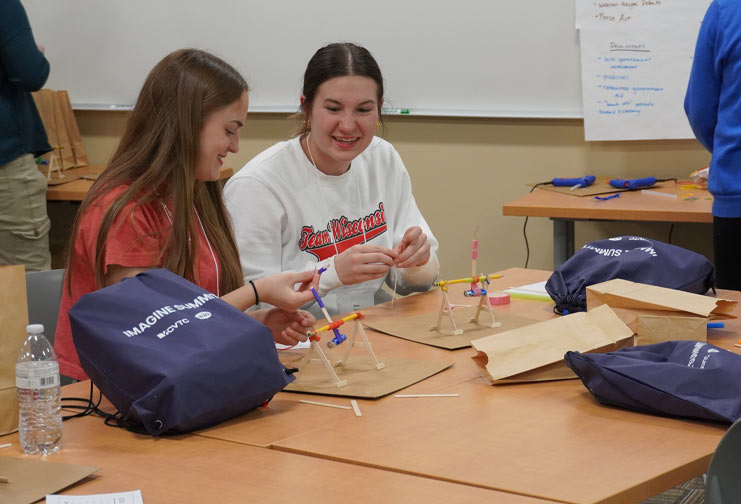Your Dreams. Our Mission.
// Explore everything CVTC has to offer
Get Started
With 110+ programs, CVTC offers flexible, hands-on learning designed to get fulfilling, high-paying jobs. Narrow down program options by interest field and find a career which fits you perfectly.
$54K
Starting Salary
CVTC associate degree graduates make an average annual starting salary of $54,110.
95%
Employment Rate
95% of CVTC graduates are employed within 6 months after graduation.
Upcoming Events
There is always something going on at CVTC. Check out a few of our upcoming events. There is always something going on at CVTC. Check out a few of our upcoming events.
|
Apr29 |
Culinary Pop Ups - Cuisine of Italy 11:45 a.m. – 12:30 p.m. |
|
May03 |
Culinary Pop Ups - Cuisine of France 11:45 a.m. – 12:30 p.m. |
|
May06 |
Culinary Pop Ups - Cuisine of Spain and Portugal 11:45 a.m. – 12:30 p.m. |
Wednesday, April 17, 2024
Digital defense: CVTC IT students expand cybersecurity knowledge with real-world scenario
Monday, April 15, 2024
CVTC Receives Portion of $5.7 Million Grant in Partnership with WTCS Colleges
Thursday, April 11, 2024
CVTC ELL students to showcase book at Menomonie library
Wednesday, April 10, 2024
CVTC selected to rural-serving cohort of Achieving the Dream
| // All News |
